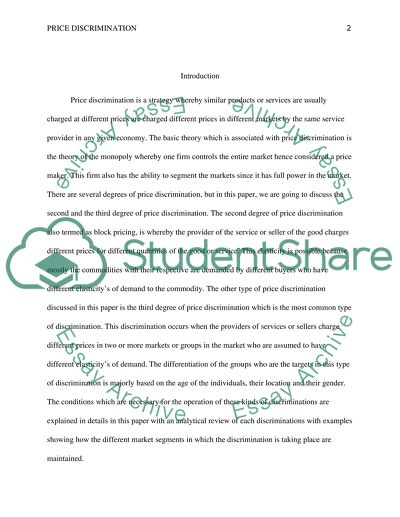Cite this document
(“The Economic Theory of Second and Third Degree Price Discrimination Essay”, n.d.)
The Economic Theory of Second and Third Degree Price Discrimination Essay. Retrieved from https://studentshare.org/finance-accounting/1702323-the-economic-theory-of-second-and-third-degree-price-discrimination
The Economic Theory of Second and Third Degree Price Discrimination Essay. Retrieved from https://studentshare.org/finance-accounting/1702323-the-economic-theory-of-second-and-third-degree-price-discrimination
(The Economic Theory of Second and Third Degree Price Discrimination Essay)
The Economic Theory of Second and Third Degree Price Discrimination Essay. https://studentshare.org/finance-accounting/1702323-the-economic-theory-of-second-and-third-degree-price-discrimination.
The Economic Theory of Second and Third Degree Price Discrimination Essay. https://studentshare.org/finance-accounting/1702323-the-economic-theory-of-second-and-third-degree-price-discrimination.
“The Economic Theory of Second and Third Degree Price Discrimination Essay”, n.d. https://studentshare.org/finance-accounting/1702323-the-economic-theory-of-second-and-third-degree-price-discrimination.


